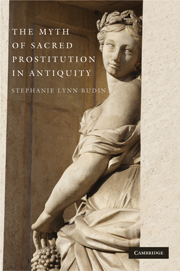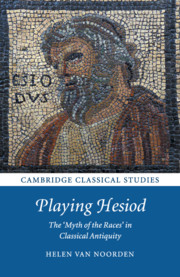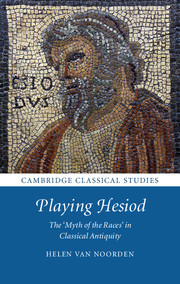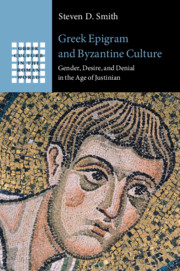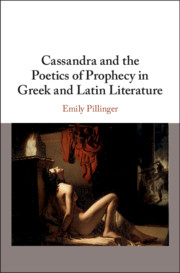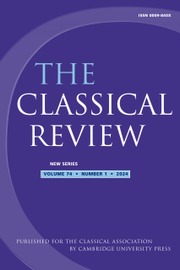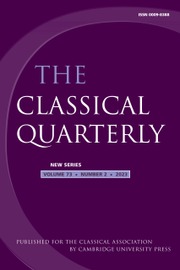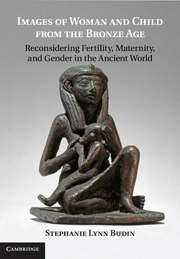The Myth of Sacred Prostitution in Antiquity
Stephanie Budin demonstrates that sacred prostitution, the sale of a person's body for sex in which some or all of the money earned was devoted to a deity or a temple, did not exist in the ancient world. Reconsidering the evidence from the ancient Near East, the Greco-Roman texts, and the early Christian authors, Budin shows that the majority of sources that have traditionally been understood as pertaining to sacred prostitution actually have nothing to do with this institution. The few texts that are usually invoked on this subject are, moreover, terribly misunderstood. Contrary to many current hypotheses, the creation of the myth of sacred prostitution has nothing to do with notions of accusation or the construction of a decadent, Oriental 'Other'. Instead, the myth has come into being as a result of more than 2,000 years of misinterpretations, false assumptions, and faulty methodology.
- There are no other books that deal with this topic from the academic perspective
- Deals evenly with both the Near Eastern and the Classical materials
- This is the only book to offer interpretations of the standard 'sacred prostitution' texts
Reviews & endorsements
"...meticulous examination...clear argumentation. The book is a thrilling expose' of historiography at its worst." --TLS
"Throughout most of the book the material is presented well and each avenue is thoroughly explored. It provides a good grounding for students studying Ancient Greece and Rome to explore this hotly debated topic."
Rosetta
"This well-researched and often humorously written monograph deals with what the
author calls the “myth of sacred prostitution.” The author uses the word “myth” to denote something that is widely believed but has no foundation in reality, along the line of the modern expression “urban myth.” She makes her point forcefully: although sacred prostitution is regarded in multiple scholarly books and dictionaries as an actual historical phenomenon, it never existed. Budin’s book investigates both the ancient Near East and the Mediterranean world. As such, it breaks new ground, as most previous similar studies have dealt exclusively with Mesopotamia."
Review of Biblical Literature
"B. has written a thought-provoking book that forces the reader to rethink the
institution of sacred prostitution and even historical method more generally. She
collects together and analysis in context all references associated with sacred
prostitution, making the book essential reading on the topic. In general, she is
convincing in her conclusion that sacred prostitution has no historical authority
and that scholars have wrongfully manipulated evidence to support such an
institution. Since the belief in sacred prostitution has in many ways impeded the
study of prostitution more generally, particularly at Corinth, this conclusion is to
be welcomed."
Classical Review
"… the book is based on a solid knowledge of modern scholarship. It should be read both by those who maintain that sacred prostitution existed and by those who remain sceptical."
Arctos
Product details
December 2009Paperback
9780521178044
382 pages
229 × 152 × 25 mm
0.57kg
Available
Table of Contents
- 1. Introduction
- 2. The ancient Near Eastern data
- 3. The so-called 'evidence'
- 4. Herodotos
- 5. In the footsteps of Herodotos: Lucian and 'Jeremiah'
- 6. Pindar Fragment 122
- 7. Strabo, confused and misunderstood
- 8. Klearkhos, Justinus, and Valerius Maximus
- 9. Archaeological 'evidence' from Italy
- 10. The early Christian rhetoric
- 11. Last myths.

